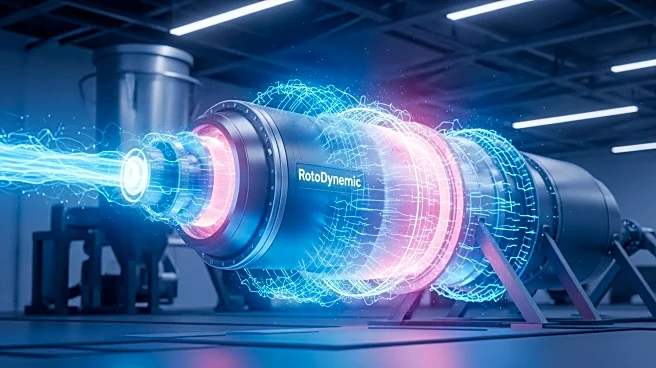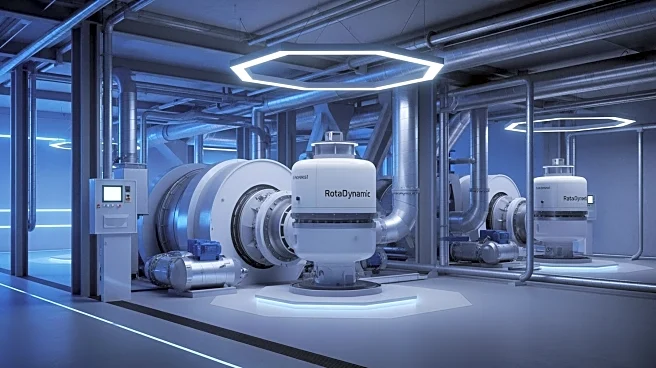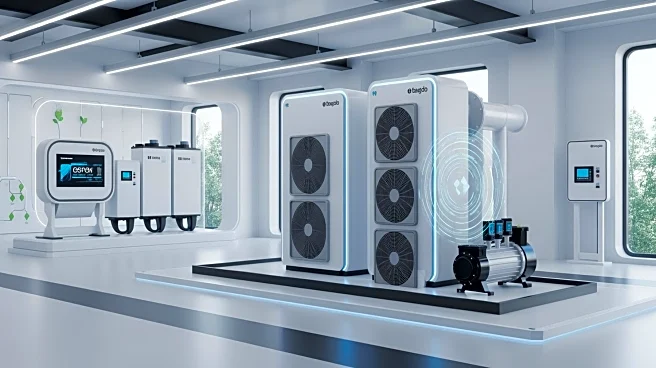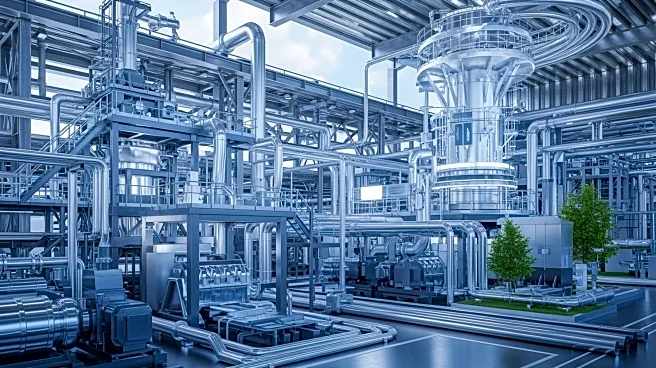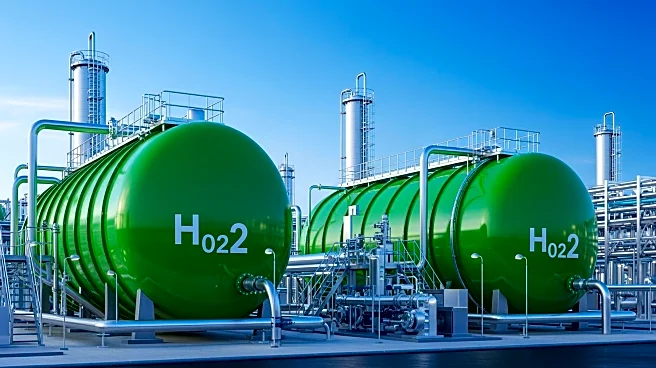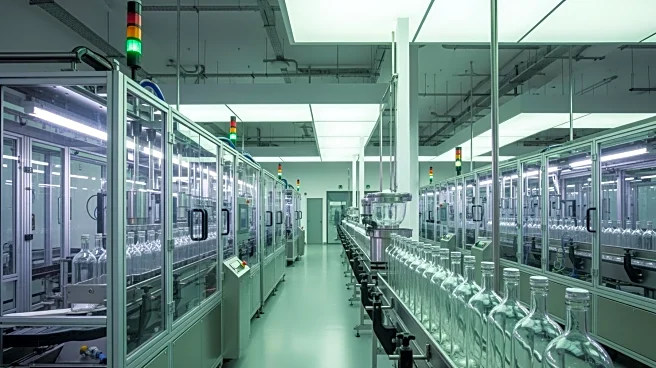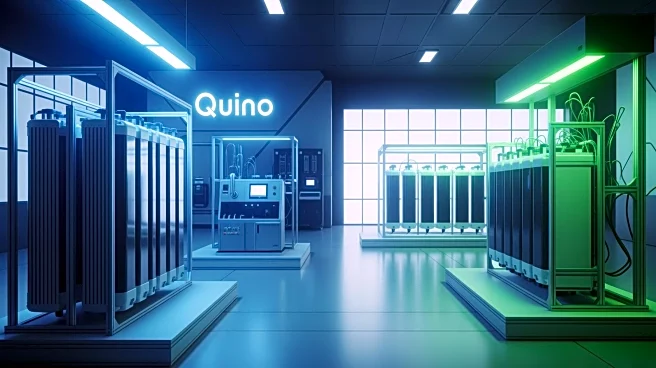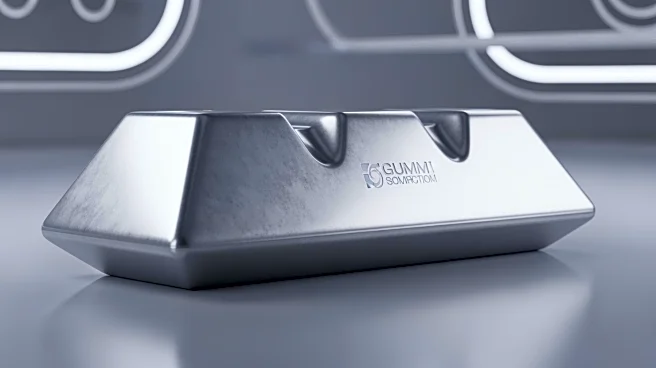What's Happening?
Adani Cement and Coolbrook have announced the deployment of the world's first commercial RotoDynamic Heater (RDH) technology at the Boyareddypalli integrated cement plant in Andhra Pradesh, India. This
marks a significant step in cement decarbonization, aiming to reduce carbon emissions by 60,000 tonnes annually, with potential for further reductions. The RDH technology will decarbonize the calcination phase, the most fossil fuel-intensive stage of cement production, by providing clean heat to enhance the heating value of alternative fuels. This initiative is part of Adani Cement's broader sustainability goals, validated by the Science Based Targets initiative (SBTi), and positions the company as a leader in clean manufacturing.
Why It's Important?
The deployment of RDH technology by Adani Cement represents a major advancement in industrial decarbonization, particularly in the cement sector, which is known for its high carbon emissions. By integrating renewable energy sources to power the RDH system, Adani Cement is setting a new standard for low-carbon cement manufacturing. This move not only supports global efforts to achieve net-zero emissions but also enhances India's position as a hub for clean manufacturing. The successful implementation of this technology could serve as a model for other industries seeking to reduce their carbon footprint.
What's Next?
Adani Cement and Coolbrook plan to expand the use of RDH technology across Adani Cement's operations, with ambitions to launch additional projects in the coming years. This expansion will further enhance the company's sustainability goals, including increasing the use of alternative fuels and green power. The RDH technology is expected to play a crucial role in improving process efficiency and accelerating the shift away from fossil fuels in cement production.
